Chemistry
A delivery platform for gene-editing technology
Nanomaterial coating enables efficient delivery of CRISPR-Cas9 machinery into the cell.

A new delivery system for introducing gene-editing technology into cells could help safely and efficiently correct disease-causing mutations in patients.
The system, developed by KAUST scientists, is the first to use sponge-like ensembles of metal ions and organic molecules to coat the molecular components of the precision DNA-editing technology known as CRISPR/Cas9, allowing efficient release of the genome-editing machinery inside the cell.
“This method presents an easy and economically feasible route to improve on the delivery problems that accompany RNA-based therapeutic approaches,” says Niveen Khashab, the associate professor of chemical sciences who led the study. “This may permit such formulations to be eventually used for treating genetic diseases effectively in the future.” Khashab, who has a background in chemical science, was supported by Assistant Professors Jasmeen Merzaban and Mo Li, both bioscientists.
CRISPR/Cas9 has a double delivery problem: For the gene-editing technology to work like a molecular Swiss Army knife, both a large protein (the Cas9 cutting enzyme) and a highly charged RNA component (the guide RNA used for DNA targeting) must each get from the outside of the cell into the cytoplasm and finally into the nucleus, all without getting trapped in the tiny intracellular bubbles that are known as endosomes.
To solve this problem, Khashab and her lab turned to a nano-sized type of porous material known as a zeolitic imidazolate framework, which forms a cage-like structure into which other molecules can be placed. The researchers encapsulated the Cas9 protein and guide RNA in this material and then introduced the resulting nanoparticles into hamster cells.
The encapsulated CRISPR-Cas9 constructs were not toxic to the cells. And because particles in the coating material become positively charged when absorbed into endosomes, they caused these membrane-bound bubbles to burst, freeing the CRISPR-Cas9 machinery to travel to the nucleus, home to the cell’s genome. There the gene-editing technology could get to work.
Using a guide RNA designed to target a gene that caused the cells to glow green under fluorescent light, Khashab and her team showed that they could reduce the expression of this gene by 37 percent over four days with their technology. “These cage-like structures are biocompatible and can be triggered on demand, making them smart options to overcome delivery problems of genetic materials and proteins,” says the study’s first author Shahad Alsaiari, a Ph.D. student in Khashab’s lab.
The researchers plan to test their system in human cells and in mice, and eventually, they hope in clinical trials.
References
- Alsaiari, S.K., Patil, S., Alyami, M., Alamoudi, K.O., Aleisa, F.A., Merzaban, J., Li M. & Khashab, N.M. Endosomal escape and delivery of CRISPR/Cas9 genome editing machinery enabled by nanoscale zeolitic imidazolate framework. Journal of the American Chemical Society 140, 143–146 (2018).| article
You might also like
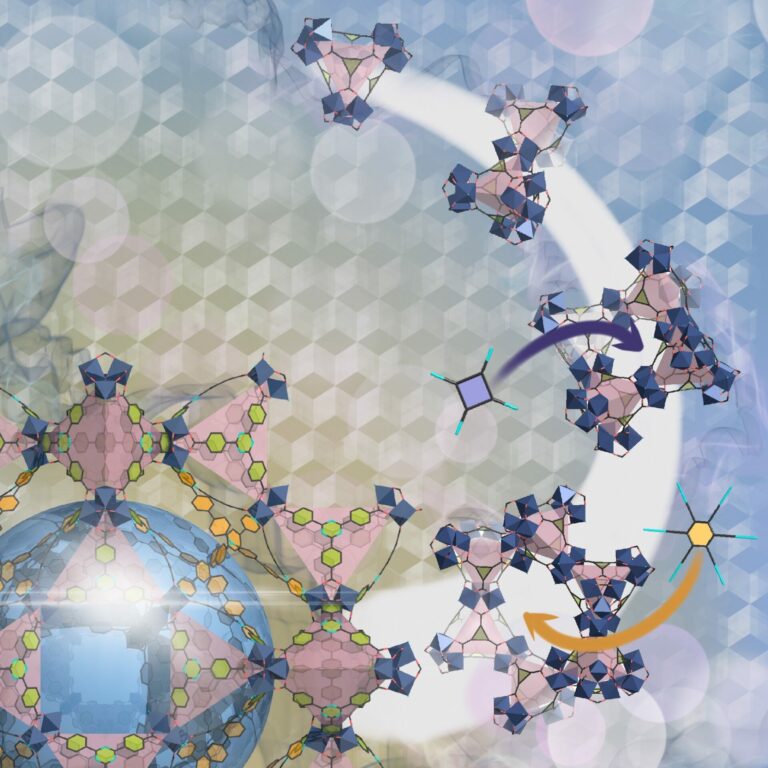
Chemical Engineering
Ancient architecture inspires a window to the future

Chemistry
Squeezing more from carbon dioxide
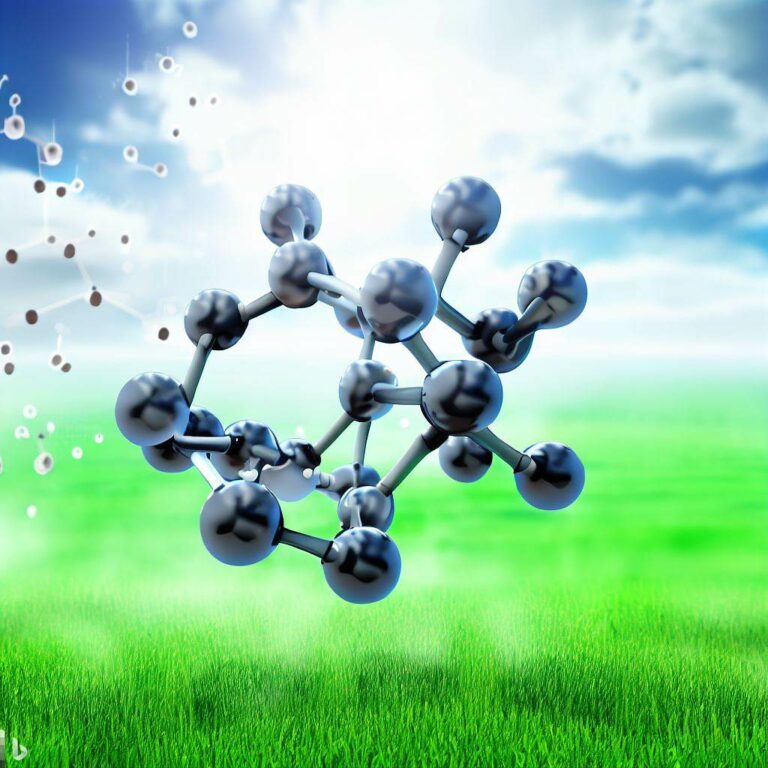
Chemistry
Finding catalytic power in unexpected places
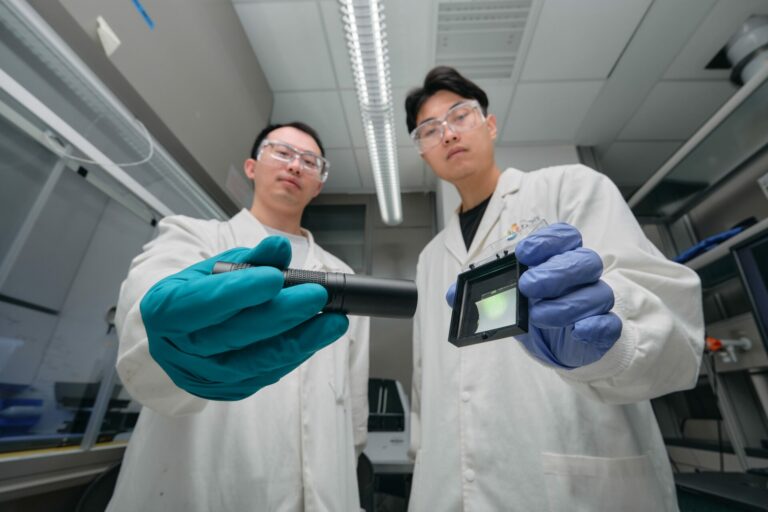
Chemistry
Scintillating new X-ray imaging

Chemistry
Laser treatment boosts battery performance
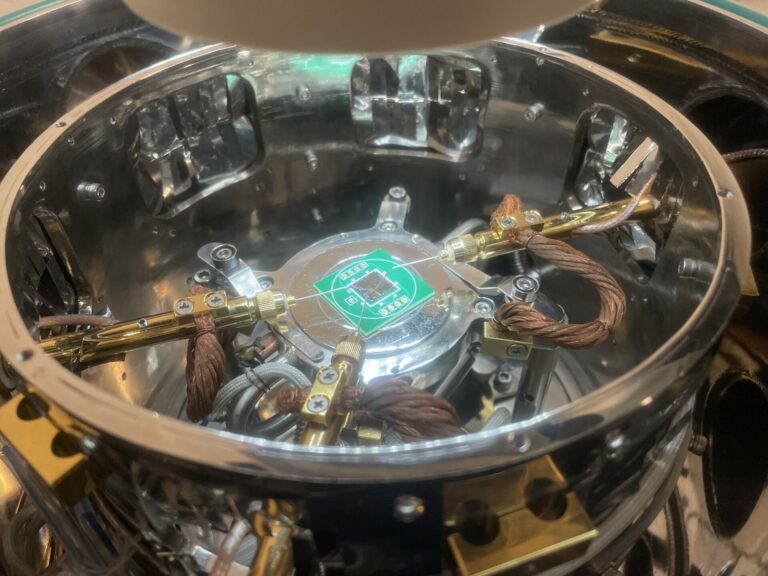
Chemistry
Protons set to power next-generation memory devices
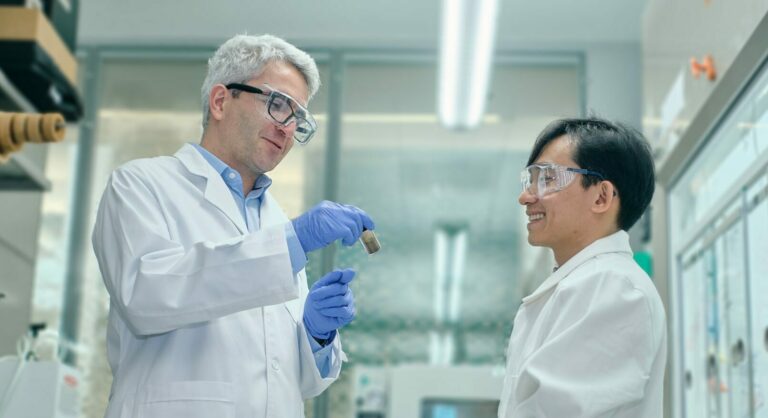
Chemistry
A better way to create space
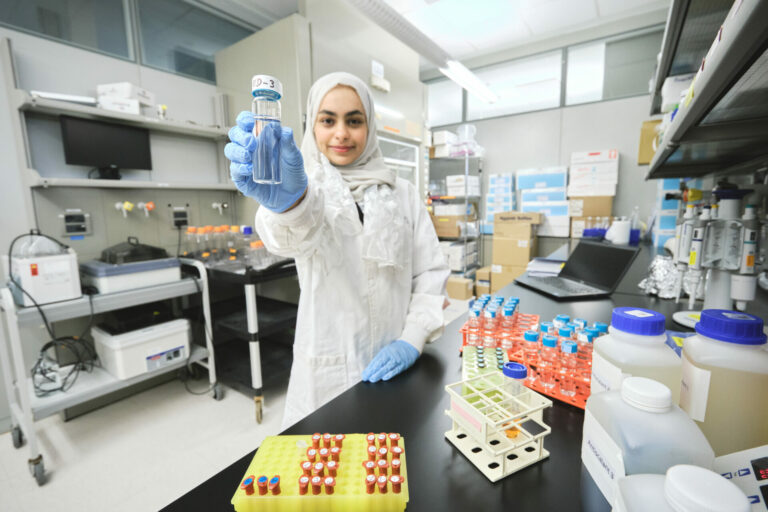
Chemistry



